The Christmas Star and the Great Conjunction
Since I’ve been getting questions about what the media is calling the Christmas Star this year, I wanted to jot down a few thoughts.
First off, I certainly am planning to take some pictures. I will say that there are many more skilled planetary photographers than I, so I am not expecting them to be anywhere near the best that you will see.
As for the “Christmas Star” aspect, my friend Rich Hammar has said it more eloquently than I ever could and if you have an hour to listen, I would recommend checking this out.
https://www.seetheglory.com/star-bethlehem/
A brief summary of what is presented is that if we take all of the descriptions of the star from the Gospels and all of the so-called scientific explanations (comets, conjunctions, supernovae, etc), none of them match up. Particularly, if one is willing to believe the concept of the Virgin Birth, why not believe that it is a miraculous thing?
For anyone trying to attach special significance to this being 2020, a very weird year, to be clear, that is astrology, not astronomy, and I would point people to Jeremiah 10:2, “Do not learn the ways of the nations or be terrified by signs in the heavens, though the nations are terrified by them.”
Alright, now onto the astronomical part of this. Jupiter takes 12 years to circle the earth and Saturn takes 29. The earth is also moving around the Sun, so the celestial mechanics of this works out to a conjunction every twenty years or so. That means, it’s not that difficult to find one that comes close to the birth of Christ.
Here’s what the closest pass back then looked like, December 7 of 6 BC.
The planets are about a degree apart in the sky here. For those without a good frame of reference, that’s about twice the diameter of the full moon. In other words, easily two distinguishable objects. A much closer conjunction of Jupiter and Venus happened June 17th of 2 BC.
Tonight’s conjunction is still going to be pretty awesome.
They will be only 6 arcminutes apart, tonight! Every 20 years, they get kind of close and “kind of close” varies from a few arcminutes up to about 80. In 1961, there was a similar conjunction where they were about twice as far apart, still noticeably closer than most such conjunctions.
The last conjunction that was closer than tonight’s was in 1623, about an arcminute closer, but a really close one happened in March of 1226.
That was about 2 arcminutes. April 30, 1793BC, they were 1.3 arcminutes apart.
A crazy one will happen on June 20, 7541.
Anyway, just some of my thoughts on the matter. Hopefully photos to follow tonight!

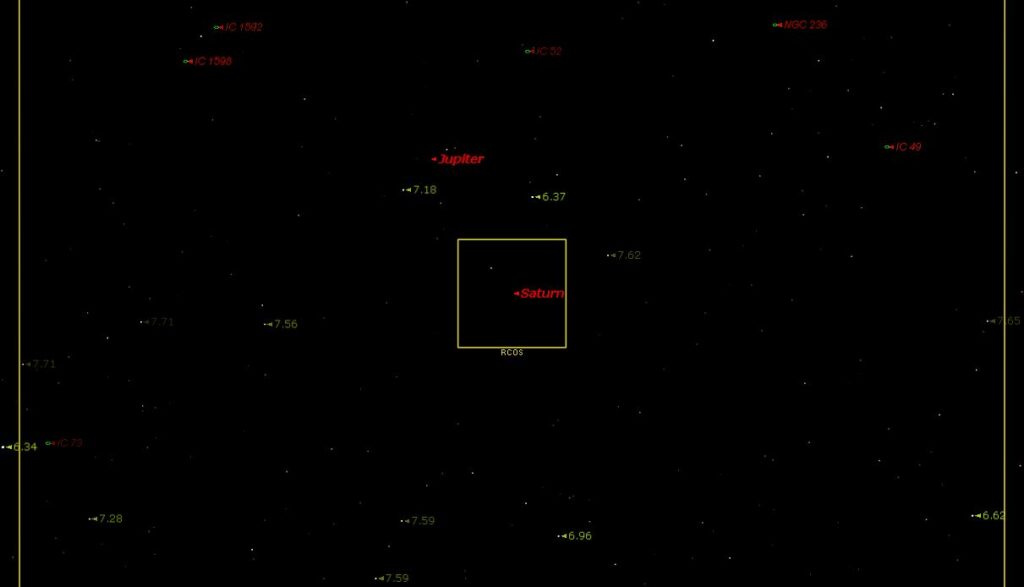
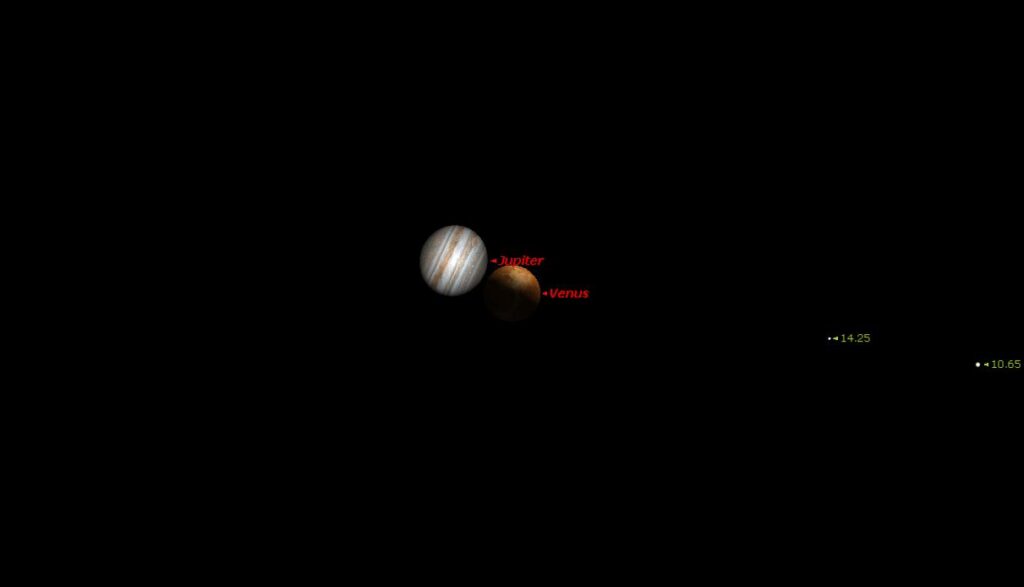
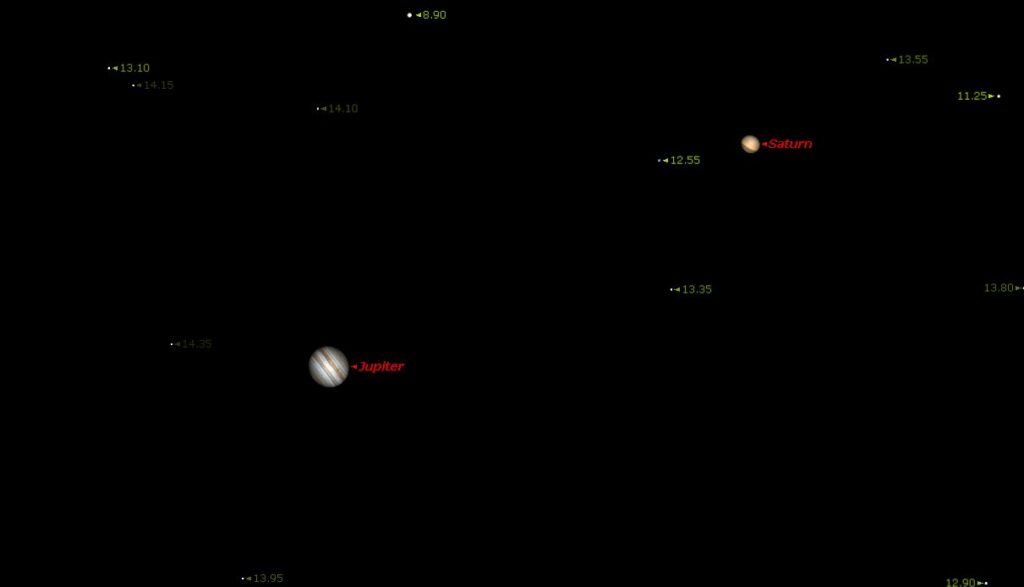
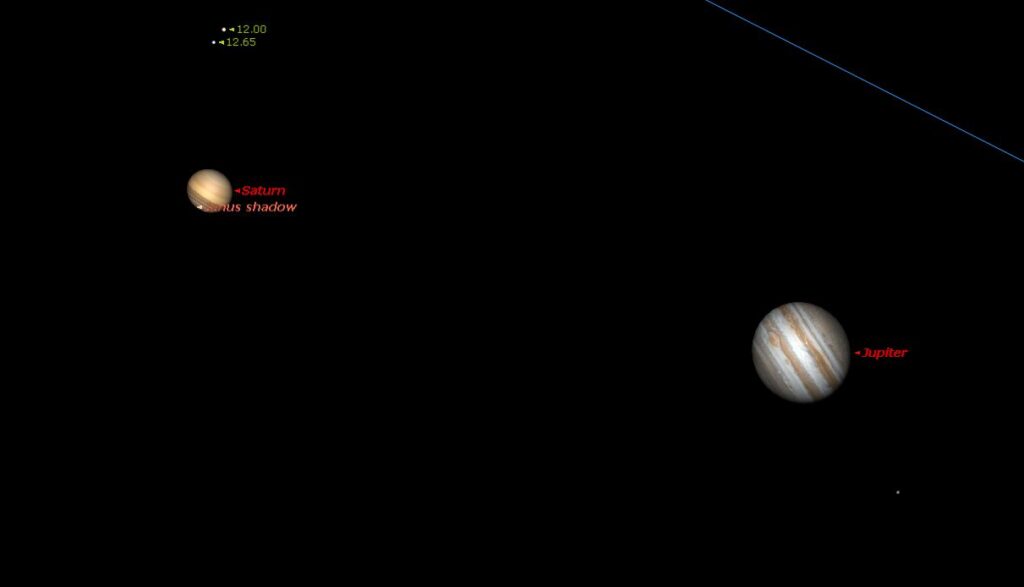
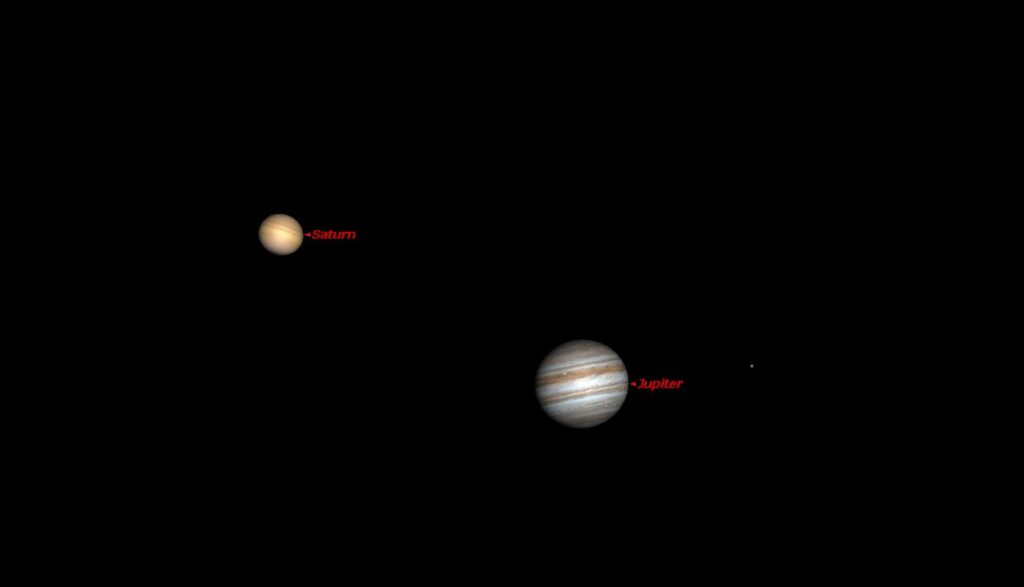
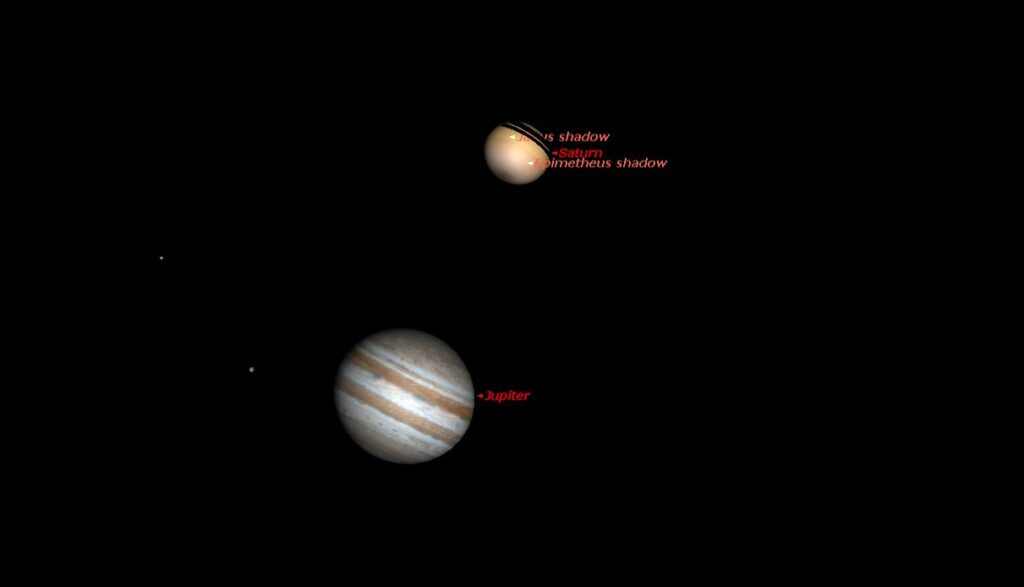
Leave a Reply